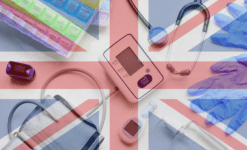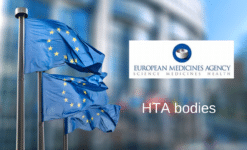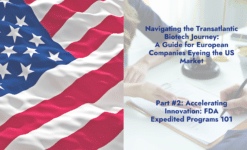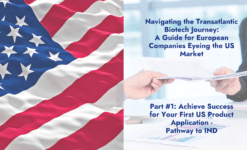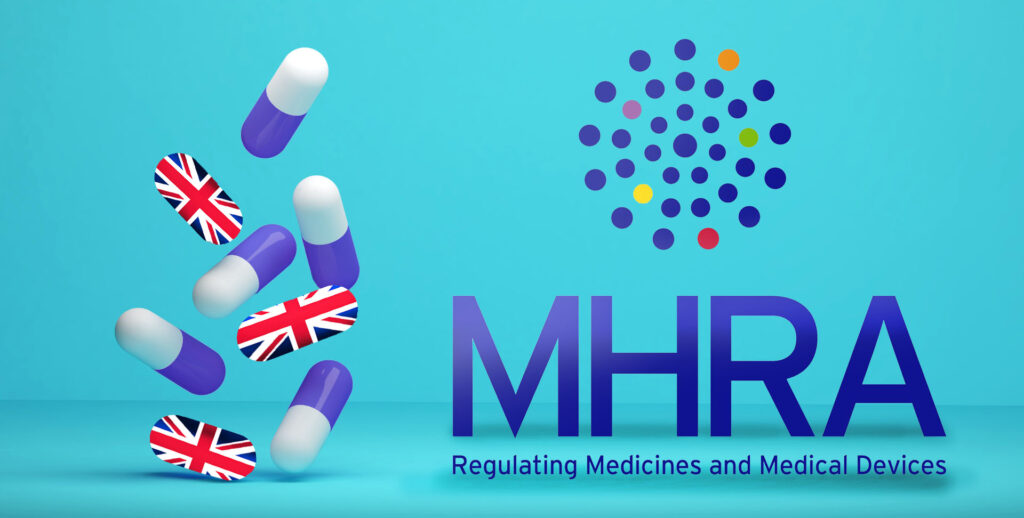
Following the UK’s departure from the EU In 2021, the MHRA has introduced several initiatives to foster product development and provide incentives for product applications in the UK market.
The International Recognition Procedure (IRP) is a new MHRA initiative that aims to streamline and accelerate the approval of medicines in the UK. Through recognizing the approval of medicines by seven international ‘References Regulators’ (RR), the IRP makes it possible to be granted a UK Marketing Authorization (MA) in as little as 60 days.
When did the IRP become live?
The IRP became live as of the 1st of January 2024, signaling a time of exciting opportunity for the expedited approval of products to enter the UK market.
The IRP supersedes the European Commission Decision Reliance Procedure (ECDRP), a similar MHRA approval initiative founded on international recognition.
Two key routes to IRP approval
There are two recognition routes with the route pre-determined by an eligibility tracker. Each route requires previous approval by a designated Reference Regulator.
Recognition A: 60-day timetable
- Requires Reference Regulator approval within the previous 2 years.
- No stop clocks. If unresolvable ‘Major Objections’ are identified the timetable may revert to recognition B.
- Must not meet any of the criteria for Route B.
Recognition B: 110-day timetable
- Reference Regulator approval within the previous 10 years.
- One 60 day stop clock at day 70. If outstanding ‘Major Objections’ at Day 110, formal advice on approvability will be sought from CHM, and the timetable will revert to the national 210-day timetable.
- The full list of all Route B criteria can be found on the MHRA’s IRP overview page
How to apply
Applicants must have already received an authorization for the same product from one of the MHRA’s specified Reference Regulators.
- RR assessment must have undergone a full and standalone review. i.e. not based on reliance or recognition.
- Applicants Must be established in the UK or in the EU/EEA.
- If the Sponsor is based outside the EEA/UK, VCLS (a third party) can act as the Applicant on behalf of the Sponsor.
First, obtain your Product License (PL) number
- Obtain your 5-digit code (if you are not an existing company).
- Obtain your PL number.
Second, determine which recognition procedure applies (Route A/B)
- Determined by eligibility form submitted 6 weeks before planned date of MAA submission.
Third, submit via the appropriate route
Recognition A or B
- Submit the form along with your MAA via the MHRA Submissions platform from within the Human Medicines tab.
Eligibility form indicates it requires triage
- Submit the form 6 weeks in advance of your full submission date to the MHRA recognition mailbox and await determination of the appropriate procedure type.
- Once received decision, submit your MAA including the eligibility form and MHRA decision, via the MHRA Submissions platform.
If product is a New Active Substance and eligibility forms indicates it is Recognition A or B
- Submit your completed form 6 weeks in advance of your full submission date to the MHRA recognition mailbox.
- Proceed to submit the form along with your MAA via the MHRA Submissions platform in 6 weeks-time.
Key benefits of the IRP
Benefit 1: Opportunity for accelerated drug approval
Expedited approval with review times of 60 days (Route A) and 110 days (Route B) are significantly shorter than the MHRA national route for Marketing Authorization Application (MAA). Additionally, these timelines compare favorably against other key global authorization timelines.
| Regulatory authority | MAA/NDA/BLA review time* |
| MHRA IRP Route A | 60 days |
| MHRA IRP Route B | 110 days |
| MHRA National assessment | 210 days |
| EMA (Centralized Procedure) | 210 days |
| FDA | Up to 300 days (6-10 months) |
*Not including stop clocks
Benefit 2: Increased global recognition
The inclusion of seven reference regulators increases global exposure facilitating the acceptance and recognition of products approved by key global regulatory authorities. The seven countries/ regions that can act as Reference Regulators are Australia, Canada, Switzerland, Singapore, Japan, the European Union, and the United States.
This acknowledgement of additional regulatory authorities, notably the U.S FDA, highlights the IRPs significance in the regulatory landscape.
Benefit 3: Harmonized streamlined submissions
The production of a MAA is a time and resource intensive procedure. The IRP offers a streamlined approach, whereby the MAA can be drafted from previous Reference Regulator MAA approvals. For instance, upon the approval in the U.S, the FDA can act as the Reference Regulator for the IRP. Subsequently, Modules 2-5 can be refined and employed for MHRA submission. Further, the MHRA has provided guidance on the documents they will review, based on the original MAA submission and approval by one of the Reference Regulators. The full list of documents can be found on the MHRA’s IRP overview page.
Additionally, If the European Union was not the initial Reference Regulator, obtaining approval through the IRP could be beneficial to support later MAA submissions to the European Medicines Agency (EMA). The MHRA accepts EU templates for MAAs, allowing for their reuse in MAA submission to the EMA and across Europe.
Summary
The IRP provides a streamlined route for submission and authorization of products into the UK market. Through Route A, companies can achieve a 60-day approval process; however, stringent requirements must be met. Failure to meet these requirements may necessitate a shift to Route B or National assessment timelines.
Upon Reference Regulator approval, The IRP presents an exciting opportunity for streamlined UK marketing authorization. The procedure holds key global significance, recognizing the approval of products from key influential regulatory bodies such as the U.S. FDA.
Additional information
- International Recognition Procedure – GOV.UK (www.gov.uk)
- International Recognition Procedure – supplementary information – GOV.UK (www.gov.uk)
Published on: Feb 6, 2024


